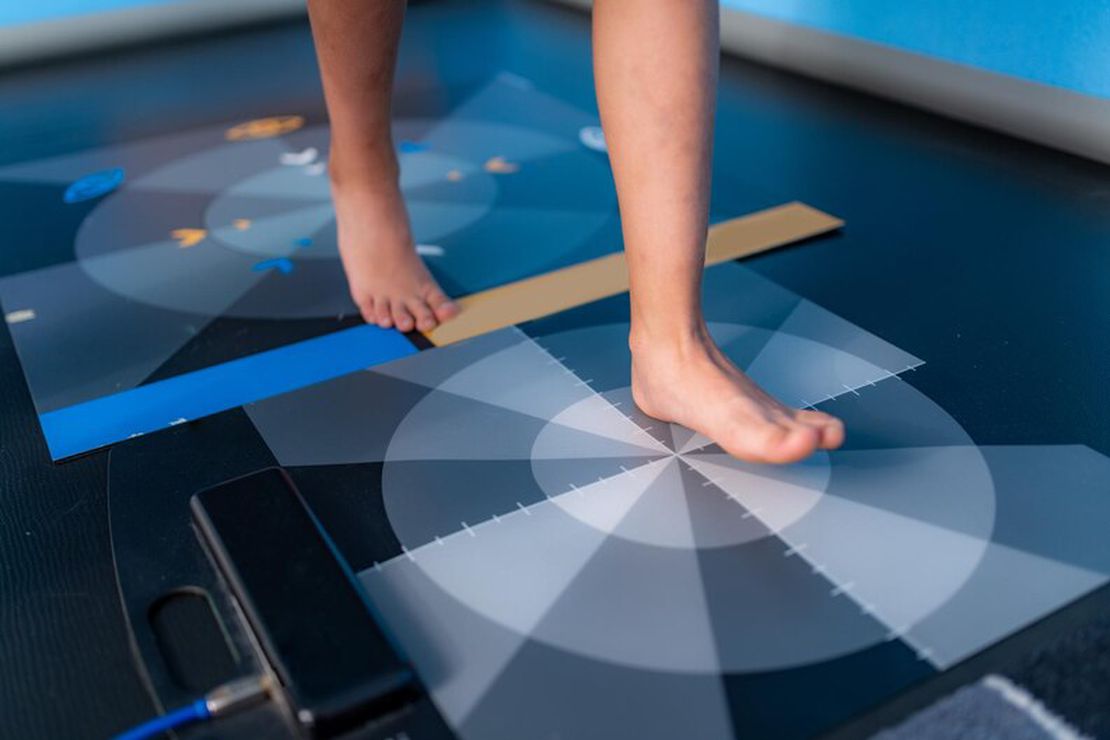Diabetes is not just a disease related to blood sugar. It is a condition that particularly threatens foot health and can lead to serious complications if preventive measures are not taken in time. In this article, you will find comprehensive answers to questions such as what is diabetic foot, who is at risk, how to prevent it, and what treatment methods are available.
Prevalence of Diabetic Foot in Turkey

In Turkey, 15 out of every 100 people are diabetic patients. This represents approximately 1,200,000 people. Small or large foot ulcers are seen in 15% of diabetic patients. This means nearly 200,000 individuals face the risk of diabetic foot.
The commonly known saying “diabetic patients’ wounds heal slowly” is very true, especially for the feet. Because when nerve damage (neuropathy) and vascular obstruction combine, the foot area becomes vulnerable to ulcers. Therefore, paying attention to diabetic foot danger and taking early preventive measures is critically important.
Why Does Diabetes Affect the Feet?

Diabetes, due to long-term high blood sugar levels, causes:
- Peripheral nerve damage (neuropathy),
- Vascular structure narrowing and obstruction.
When these two conditions come together, loss of sensation in the foot, circulatory disorders, and ulcer formation become inevitable. Patients may not feel temperature or pain; this causes small traumas to turn into serious ulcers unnoticed.
Who is at Risk?

- Those with uncontrolled blood sugar
- Those who skip medication or insulin treatment
- Smokers
- Those who neglect foot care
On the other hand, the risk is very low in individuals whose sugar is regularly monitored, who adopt a healthy lifestyle, and who do not smoke. You can better understand the risk factors by getting detailed information about what is diabetic foot.
What Symptoms Do Ulcers Start With?
Ulcers usually do not appear suddenly. They give some signals beforehand:
- Numbness, burning sensation in the foot
- Coldness in toes or heel
- Shoe irritation, small lesions caused by objects stepped on in slippers
- Burns due to walking on hot sand in summer months
When these symptoms are not taken seriously, the ulcer can deepen and infection can develop.
What Should Be Done to Protect Against Diabetic Foot?
Daily foot care is vital for diabetic patients:
- Feet should be washed with warm water every day, including between toes, and carefully dried.
- Moisturizing creams should be applied to the top of the foot, not between toes.
- Sole inspection should be done with a mirror; wounds and calluses should be detected early.
- Non-sweating, seamless socks and special insoles should be preferred.
- Flip-flops should be avoided, closed, protective slippers should be worn year-round.
How Should Shoe Selection Be?
- Shoes should be made of breathable fabric or leather
- Inner seams should be soft
- Should not be too tight or too loose
- High-heeled and narrow-toed models should be avoided
- Diabetes-specific insoles should be used if necessary
Remember, wrong shoe choice can be the source of unnoticed small traumas.
Diabetic Foot and Gangrene Risk
Untreated ulcers can progress to gangrene, even foot or leg amputation. Blocked vessels cannot carry sufficient oxygen to tissues. Thus, infection develops and tissue death begins. Therefore, early intervention is critically important.
What Are the Modern Treatment Methods?
1. Wound Care and Cleaning
- Antiseptic solutions
- Professional wound dressings
- Antibiotic creams should be avoided in non-infected wounds
2. Advanced Methods
- Debridement: Cleaning of dead tissues in the wound area
- Growth factors: Increases granulation tissue, supporting healing
- Hyperbaric Oxygen Therapy: Oxygen is given under high pressure, tissue repair accelerates
- Topical Oxygen Therapy: Applied with home-use boot-like systems
- Exosome Therapy: These stem cell-derived molecules promote tissue regeneration
- Amniotic Membrane Application: Wound surface healing is accelerated with a natural layer
For more detailed information, you can review our treatment methods page.
The Care You Show to Your Feet Determines Your Quality of Life
Diabetic foot can turn into a life-threatening condition when treatment is delayed. However, with early diagnosis, regular care, and appropriate treatment, a large part of these risks can be prevented. Remember, protecting your feet is actually protecting your entire body. You can protect yourself from this serious complication by paying attention to diabetic foot danger and taking necessary preventive measures.




